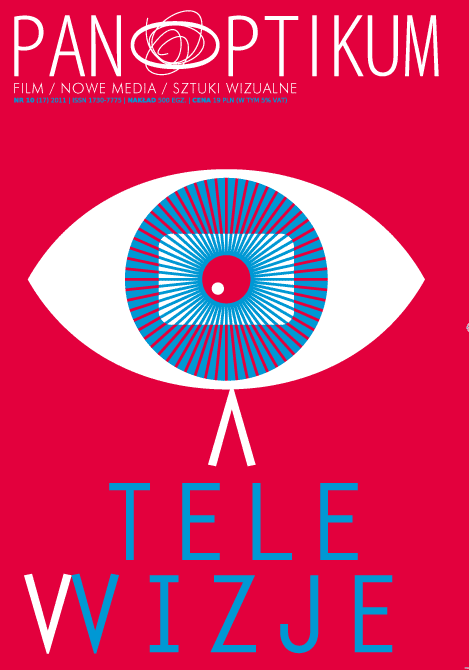Rozumienie telewizji bez telewizji: studium na temat zawieszonego oglądania telewizji
Abstrakt
This study investigates television as an important dimension of everyday experience by examining the facets of television viewing that are normally taken for granted, and analyzing its ability to produce habits of perception, activity, and experience. The method used to explore this issue involved a take-home assignment given to 150 sociology students who were instructed to perform a television “desocialization” exercise in which they were to watch the television without switching it on for thirty minutes and report their reactions. The results of these reports reveal six categories of experience: (1) Initial reactions: boredom and feeling foolish, (2) “New” sensations and the suspension of time, (3) Emergence of television habits, and the “great urge”. (4) The “haunted” television as a social object, (5) Phenomenological production of television “watching,” and (6) Loneliness. The results of this study point to various ways that television viewing has become a routinized and unexamined part of the everyday lives of many Americans.

 Uniwersyteckie Czasopisma Naukowe
Uniwersyteckie Czasopisma Naukowe





